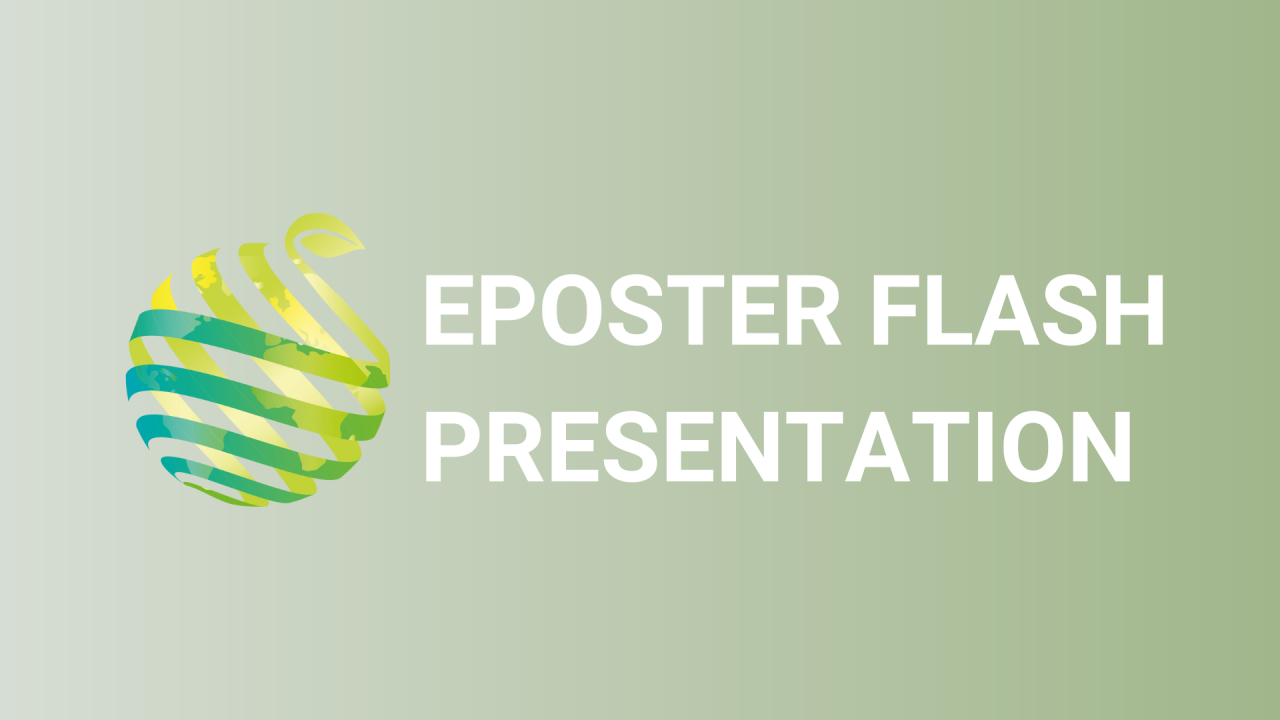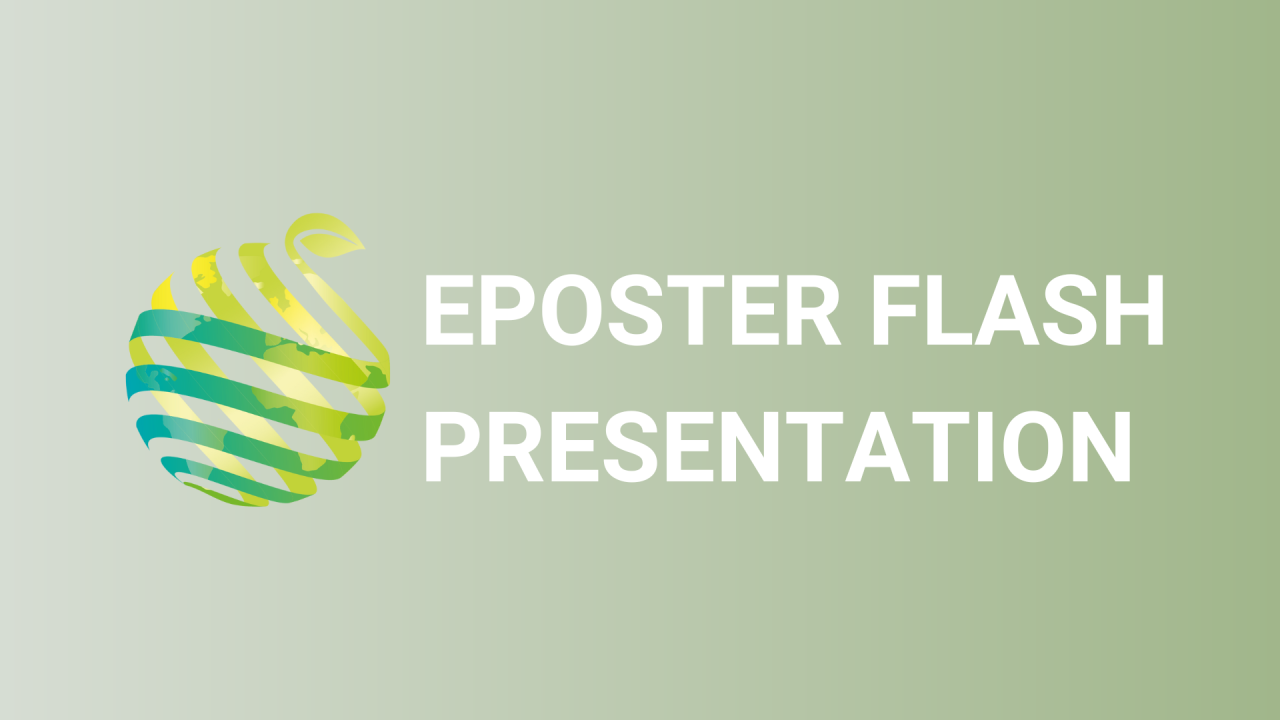

S23 - Session P1 - Feasibility of CIPC and LED lights in controlling sprout growth and development in potato with advanced physiological age
Information
Authors: Vanessa Pedrosa, Maryelle Silva, Reginaldo Oliveira, Rogério Carvalho, Arthur Cecílio Filho, Gustavo Henrique de Teixeira *
In seed potatoes, low irradiance blue (B) LED light (400-500 nm) has been reported to inhibit sprout growth. Recently, similar effect of low irradiance red (R; 660 nm) and high irradiance far-red (FR; 735 nm) LED lights have been reported. However, there is no information regarding the inhibitory effect of LED lights on sprout development in table potato tubers. Therefore, the objective of this study was to evaluate the efficacy of B, R, and FR LED lights on sprout growth and development in potatoes with advanced physiological age. Potato tubers of Asterix cultivar were harvested at advanced physiological age and cured at 15°C, 95% RH for 15 days. After that, the tubers were submitted to the following treatments: dark (negative control), 22 mg L -1 , chlorpropham (CIPC) (positive control), B LED light (0.1 µmol m -2 s -1 ), R LED light (1.0 µmol m -2 s -1 ), and FR LED light (1.0 µmol m -2 s -1 ). The storage was carried out in a cold room at 15°C, 95% RH for up to 30 days. Although the number of sprouts ( < 2 mm) increased during storage, the use of CIPC resulted in fewer and smaller sprouts in relation to LED lights irrespective of light quality. On the other hand, the LED lights controlled the growth of sprouts ( > 2 mm), with R and FR lights been more effective. The color parameter a* was not affected by the treatments, but the b* value reduced on tubers treated with B and FR LED lights, probably due to greening development. Concluding, CIPC as well as LED lights did not control the development of sprouts in table potatoes at advanced physiological age; however, R and FR LED lights did control sprout growth similar to seed potatoes.